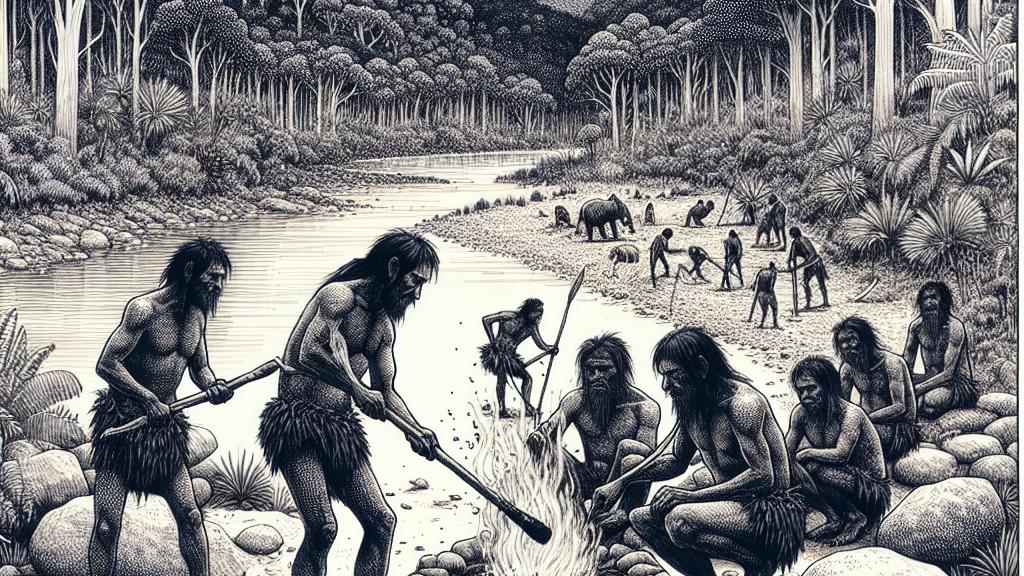Uncovering the Role of Fire in Tasmania's Early Human Habitation
Overview
- Recent research uncovers that early Tasmanians effectively used fire for landscape management over 41,000 years ago, reshaping their environment.
- This study illustrates the profound connection between the Palawa/Pakana people's cultural practices and their strategic use of fire.
- Insights gleaned from ancient practices inform modern ecological restoration and emphasize the importance of incorporating Indigenous knowledge.

Discovery of Ancient Practices in Tasmania
Imagine stepping into Tasmania over 41,600 years ago, where the first human settlers—the Palawa/Pakana—transformed their lush landscapes by employing fire as a management tool. This remarkable study, led by researchers from the University of Cambridge and Australian National University, sheds light on how these early inhabitants skillfully harnessed fire to clear dense forests. Their actions not only created open spaces for agricultural pursuits and cultural gatherings but also marked a significant leap in our understanding of landscape management, predating earlier estimates by an impressive 2,000 years! Delving into ancient mud samples, the analysis revealed how these early practices shaped their environment in ways we are only starting to appreciate.
The Multifaceted Role of Fire in Ecosystem Transformation
Fire was not merely a mechanism for survival; it was a dynamic force that intricately wove into the ecological fabric of Tasmania. The meticulous examination of charcoal and pollen unveiled a sharp increase in charcoal deposits coinciding with shifts in local vegetation. It became evident that these early Aboriginal communities weren't just surviving; they were intentionally crafting their environment to suit their needs. For instance, the emergence of fire-adapted species like Eucalyptus highlighted their deep understanding of and interaction with the landscape. With every controlled burn, they fostered ecosystems that thrived in the wake of fire—a true testament to their role as the island's original land managers, reflecting an environmental stewardship that resonates with contemporary practices.
Forging Partnerships for Sustainable Future Practices
As we face the escalating challenges of wildfires and climate change, the ancient practices of the Palawa offer invaluable insights for today's landscape management. Imagine if we embraced cultural burning, a practice rooted in traditional knowledge, as a proactive strategy against wildfires. Collaborating with Indigenous communities who have cared for this land for tens of thousands of years could lead to innovative solutions that blend ancient wisdom with modern techniques. This partnership would not only honor the profound understanding that Indigenous peoples have of their environments but also enhance our resilience to climate impacts. In essence, integrating these practices into contemporary management strategies could redefine how we approach ecological restoration and land stewardship for the future.

Loading...